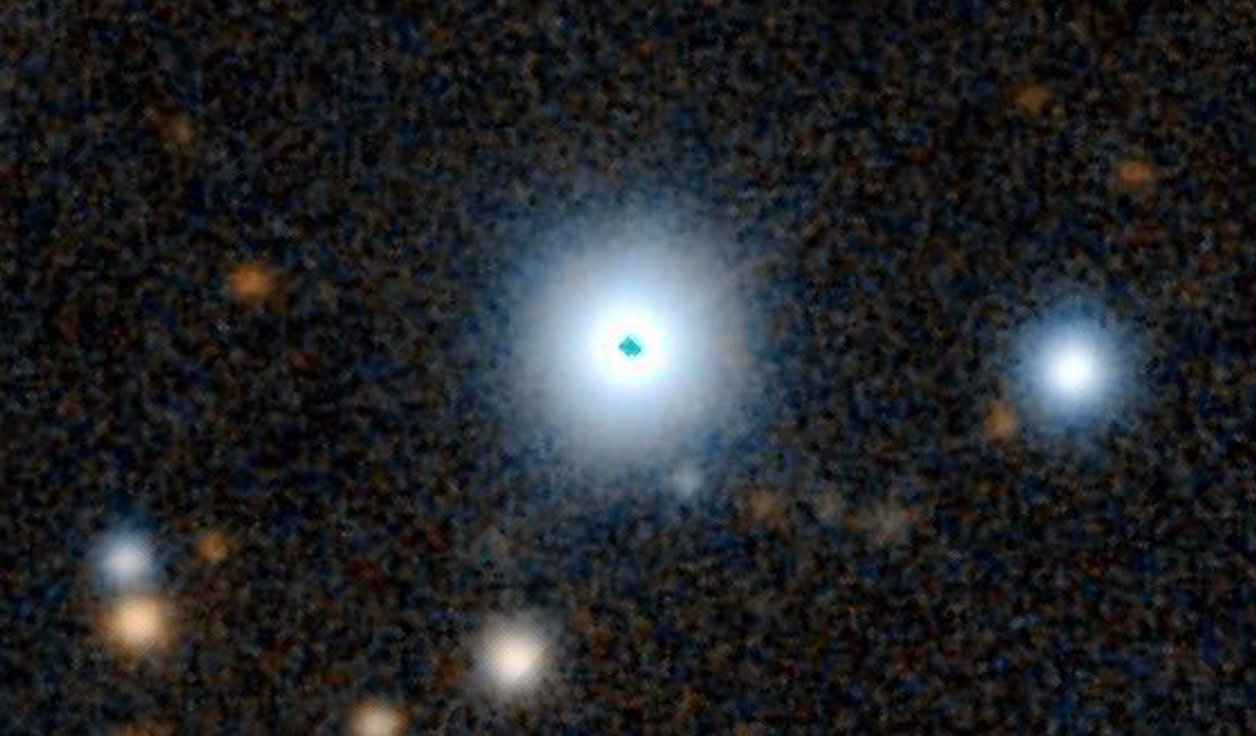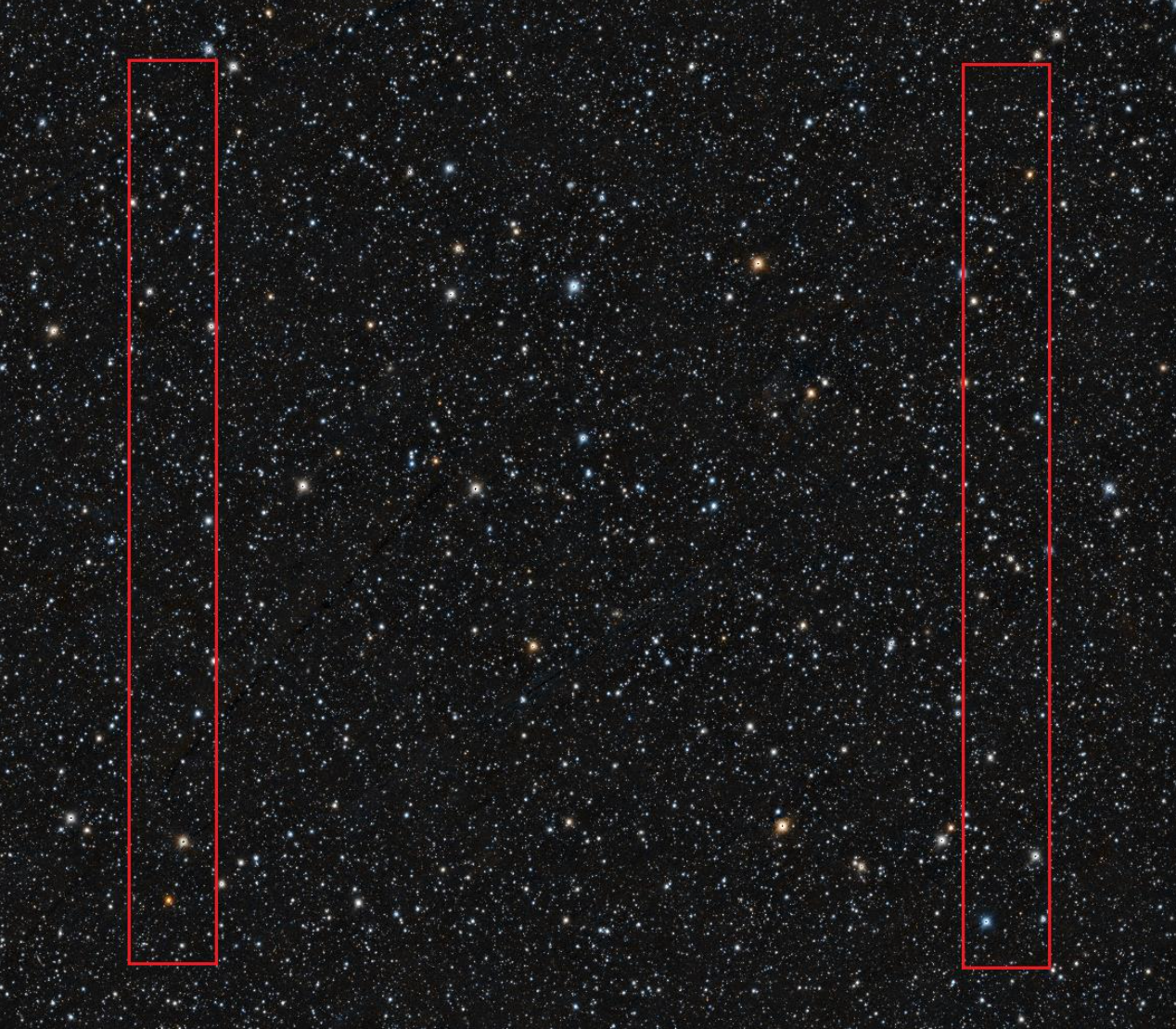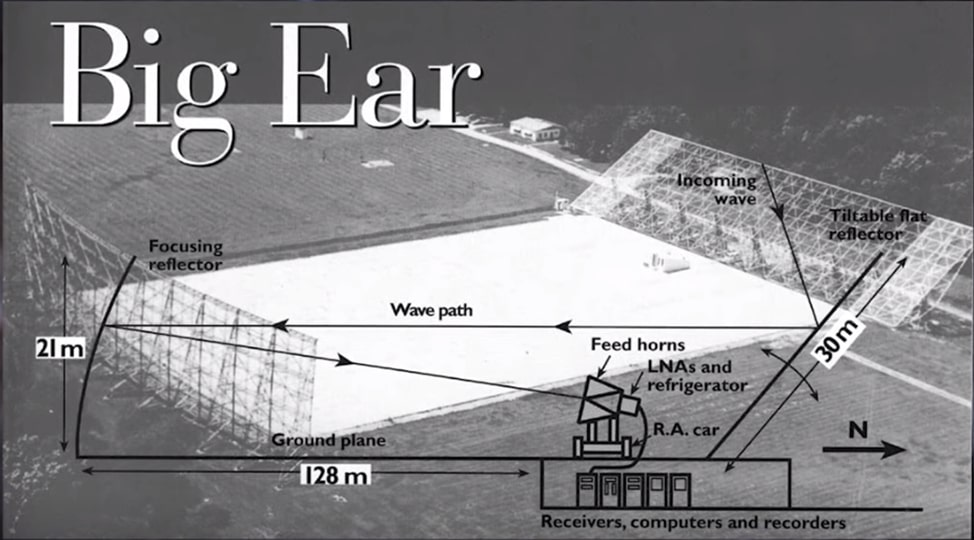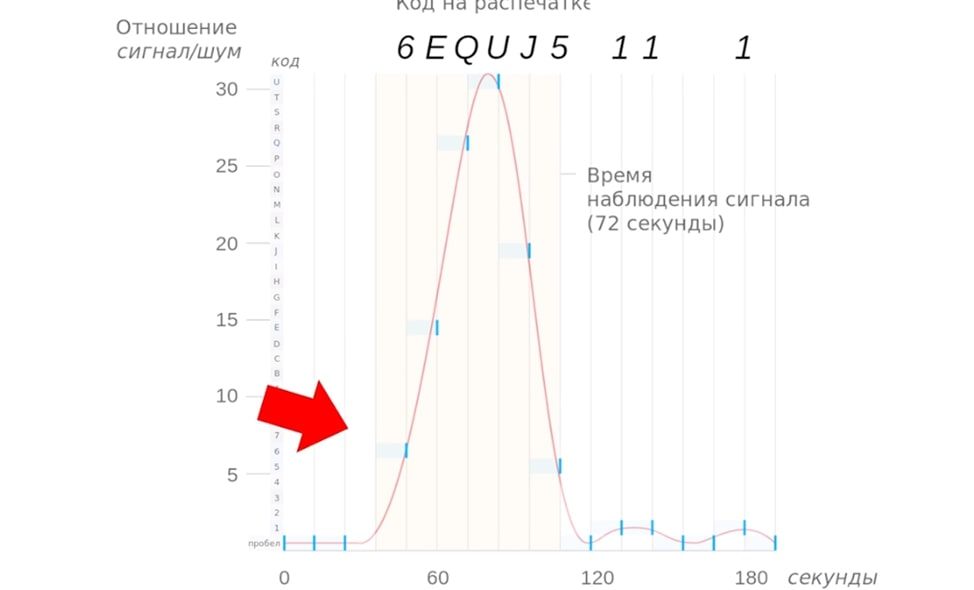
Found 15 stars that could hypothetically be the source of the mysterious Wow! , which once turned the views of scientists on the presence of extraterrestrial civilizations. Today, the story gets a sequel. Of the estimated fifteen stars, there is one sun-like, and it was named the most likely candidate. The star is located 1801 light years from the Sun.
The nature of the mysterious signal Wow! worries scientists and ordinary people for decades. New details have emerged from the amateur astronomer Alberto Caballero. Alberto introduced two assumptions. First, he assumed that the source of the signal was an Earth-like exoplanet. This planet, like the Earth, revolves around a sun-like star. The second assumption is derived from the Drake equation. According to him, the planet is located no closer than 500 light-years from the sun.
The astronomer consulted the Gaia telescope database to compile a list of hypothetical signal sources . The data contained information about the properties and positions of the stars in the Milky Way. He selected 66 type G and K stars that were located in two regions in the constellation Sagittarius. Caballero was looking forstars with a radius from 0.83 to 1.15 solar radius. It turned out that only one star fits these criteria.

PanSTARRS / DR1
In the catalog, this star is designated as 2MASS 19281982-2640123. Its characteristics:
- radius 0.996 of the radius of the Sun;
- luminosity 1,0007 of the Sun's luminosity;
- 5783 - Kelvin effective temperature.

Pan-STARRS / DR1
Another 14 sun-like stars with calculated temperatures from 5730 to 5830 K are also located in the region from which the signal came. But information about their luminosity and radius is not enough to search.
Unknown Wow!

Signal Source Wow! registered in 1977 with the Big Ear radio telescope. The ether was scanned as part of the SETI (Search for Extraterrestrial Intelligence) project to search for extraterrestrial civilizations and life forms. The duration of the intense, narrowband signal was 72 seconds. The duration fit into the expectations of scientists about the signal from extraterrestrial civilizations, which considered Wow! sent from another planet.

This is the only time that the telescope has recorded a signal of this intensity. Moreover, its intensity varied over time.

Source
The frequency at which the signal was received is not used on Earth. So, physicists then decided that 1420.40575 MHz (neutral hydrogen radio link) is the ideal frequency for interstellar communications.
A lot of hypotheses about the nature of the signal have not been confirmed. The signal was never repeated. Its artificial origin was also not confirmed. Apparently unraveling the Wow! goes still.
Signals sent by earthlings

The story works both ways. Scientists not only receive other signals, but also send them on their own. So the first signal from Earth to other civilizations was sent in 1962 from the territory of the USSR. The message was encrypted into a radio signal lasting> 8 minutes. The message contained the words "MIR", "LENIN" and "USSR". But the answer never came.
A few years later, news was sent to the other worlds from Puerto Rico. "Message Arecibo" was aimed at the star cluster M16, located 25 thousand light-years from Earth. The message contained a binary encrypted array of data. The transmission lasted <3 minutes. The message contained general information: numbers from 1 to 10, atomic masses of chemical elements, DNA structure, information about the solar system. When decrypted, the message looked like a set of graphic elements.

Wikimedia Commons
However, it immediately became known that sending the message was a PR-action, timed to the opening of a new radio telescope. Thus, demonstrated its capabilities.
